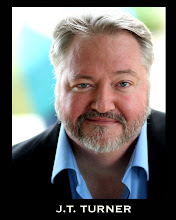 Let us start our discussion of the Mayans and time.
Let us start our discussion of the Mayans and time.In the mythic tradition of the Maya, a creator god named Itzamna gave the concept of the calendar to the Maya. They actually had several different calendars, the most important of which had a period of 260 days. Many Mesoamerican societies followed a 260 day year. We call this particular calendar the Tzolkin or Tzolk'in. There is also a 365 day calendar called a Haab. They were used together to make a cycle that lasted 52 Haabs. (OK stay with me, this gets complex, but I will try and pull out key points).
A different form of a calender, used for recording when an event occured in relation to other events was also used. We call this the Long Count form, and it is based on how many days have gone by since a starting point. That starting point is generally agreed to have been August 11, 3114 BC for a Gregorian calendar, and depending on the calendar used and the scholar, varies by days or as much as a year depending on the source used. Many of the Long Count events are supported by a lunar calendar, giving the position of the moon at a certain time.
 The observatory at Chichen Itza
The observatory at Chichen ItzaIn the Long Count, a 365 day year (called a "Tun"), is made up of 18 20 day months, (called a Unial). 20 Tuns makes a Katun, 20 Katuns is a Baktun, and 13 Baktuns is a Great Cycle, or about 5,125 years.
The Mayan Long Count Calendar can also be expressed as a set of numbers. For example 8.3.2.10.15 represents 8 baktuns, 3 katuns, 2 tuns, 10 unials and 15 days after the creation of the calendar (Similar to the calendar we use today; 10.29.2009). In the Mayan calendar, December 21, 2012 (in Gregorian calendar) is represented by 13.0.0.0.0. Hence the feeling that it is "doomsday".
Just to give a visual of the Long Count, below is the year 2012 in Maya numbers.

Next up, a quick look at the Mayan number system, as seen above.
J.T. TURNER, MAYANIST
